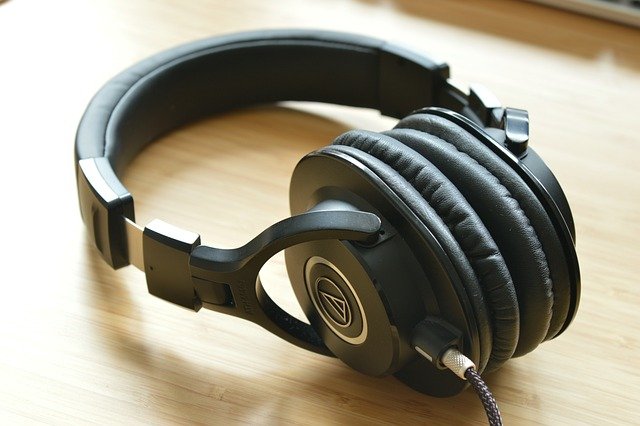Unveiling the Sonic Revolution: Bone Conduction Headphones
In a world where audio technology continues to evolve at a breakneck pace, bone conduction headphones have emerged as a groundbreaking innovation that's reshaping how we experience sound. These futuristic devices bypass the ear canal entirely, instead transmitting audio directly through the bones of your skull. It's a concept that sounds like science fiction, but it's very much a reality—and it's poised to change the way we think about personal audio.

Modern bone conduction headphones work on a similar principle. Instead of sending sound waves through the air and into your ear canal, they use transducers to create vibrations. These vibrations travel through the bones of your skull directly to your inner ear, bypassing the eardrum entirely. This unique method of sound transmission offers several advantages over traditional headphones.
A New Era of Situational Awareness
One of the most significant benefits of bone conduction headphones is the enhanced situational awareness they provide. Unlike traditional earbuds or over-ear headphones that block out ambient noise, bone conduction technology leaves your ear canals completely open. This means you can enjoy your music or take calls while still being fully aware of your surroundings—a crucial feature for outdoor enthusiasts, cyclists, and urban commuters.
Accessibility and Hearing Impairment
Bone conduction technology has also opened up new possibilities for individuals with certain types of hearing impairment. For those with conductive hearing loss—where sound has trouble reaching the inner ear—bone conduction can bypass the damaged areas and deliver sound directly to the cochlea. This has made bone conduction headphones a game-changer in the realm of assistive listening devices.
The Athletic Edge
The fitness industry has been quick to embrace bone conduction technology. These headphones are typically lightweight, sweatproof, and designed to stay in place during vigorous activity. Moreover, their open-ear design allows athletes to maintain awareness of their environment during outdoor workouts. Some models even integrate with fitness apps to provide real-time coaching and performance metrics.
Challenges and Limitations
Despite their innovative design, bone conduction headphones aren’t without their drawbacks. The audio quality, while improving with each new generation, still doesn’t quite match that of high-end traditional headphones. Bass response, in particular, can be lacking due to the nature of bone conduction. Additionally, at higher volumes, the vibrations can sometimes be felt on the skin, which some users find distracting.
The Future of Bone Conduction
As the technology continues to evolve, we’re seeing exciting developments in the bone conduction space. Some companies are experimenting with combining bone conduction with traditional air conduction for a hybrid listening experience. Others are exploring ways to integrate bone conduction technology into everyday items like glasses frames or jewelry.
The potential applications extend far beyond consumer audio. Military and law enforcement agencies are investigating bone conduction for communication in high-noise environments. In the medical field, researchers are exploring how bone conduction might be used in advanced hearing aids and cochlear implant alternatives.
With prices ranging from around $50 for entry-level models to over $300 for premium offerings, bone conduction headphones are becoming increasingly accessible to the average consumer. As adoption grows and technology improves, we can expect to see these devices make significant inroads in the personal audio market.
Bone conduction headphones represent a fascinating convergence of historical concepts and cutting-edge technology. While they may not replace traditional headphones entirely, they offer a unique listening experience that’s finding its niche in an increasingly diverse audio landscape. As we look to the future, it’s clear that bone conduction technology will play a significant role in shaping how we interact with sound in our daily lives.





